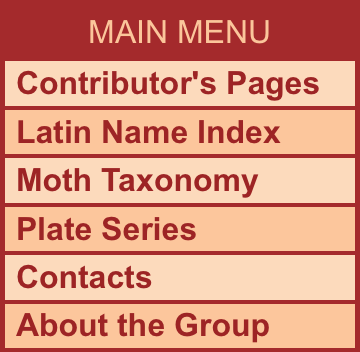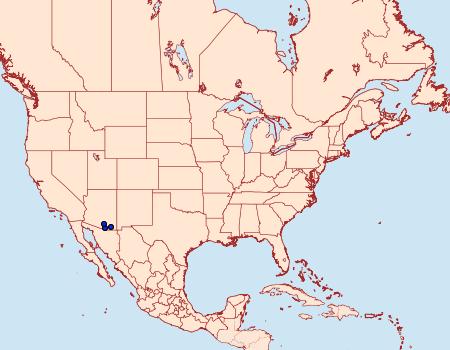Noctuidae
931285 –
9044.1 Marimatha squala
Ferris & Lafontaine, 2010
|
|
|
| Photographs are the copyrighted property of each photographer listed. Contact individual photographers for permission to use for any purpose. |
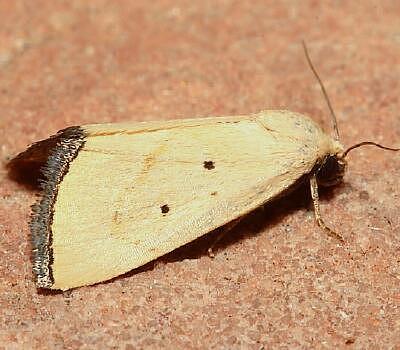
© Randy Hardy
|
| Distribution: |
Arizona south into Mexico. |
Description/
Field Marks: |
Forewing pm. line evenly curved around the reniform spot. |
| Similar Species: |
- 931284 Marimatha nigrofimbria: wide spread east of the Rockies, has head without frontal protuberance (magnification may be required) and pm. line usually absent but when visible is evenly curved around the reniform spot.
- 931286 Marimatha quadrata: AZ and TX south into Mexico, has a pm. line evenly curved around the reniform spot. In Texas, examination of frontal protuberance may be needed to eliminate well marked nigrofimbria. In Arizona, dissection may be needed to separate fom squala.
- 931287 Marimatha tripuncta: FL and TX, has a pm. line deeply curved around the reniform spot.
- 931288 Marimatha piscimala: TX and AZ into Mexico, has a pm. line deeply curved around the reniform spot.�Dissection required in Texas to separate tripuncta and piscimala.
- Pinned specimens of related species. (Hint: select View by Region on the related species page.)
|
| Synonymy: |
squala Ferris & Lafontaine, 2010 (Marimatha) - MONA 1983: [NEW] |
| Taxonomic Notes: |
Marimatha squala Ferris & Lafontaine, 2010, n. sp., ZooKeys, 39: 124. |
|
| References (Caution: DNA barcoding at BOLD provides evidence of relatedness, not proof of identification; some BOLD specimens shown may not be sequenced.) |
- Barcode of Life (BOLD) - Caution: Identifications often erroneous; DNA barcode provides evidence of relatedness, not proof of identification; many specimens not sequenced.
- Ferris, C. & D. Lafontaine, 2010. Review of the North American species of Marimatha Walker with descriptions of three new species (Lepidoptera, Noctuidae, Eustrotiinae) and the description of Pseudomarimatha flava (Noctuidae, Noctuinae, Elaphriini), a new genus and species confused with Marimatha. ZooKeys, 39: 117-135.
- Species Page at BugGuide.Net
- Species Page at iNaturalist
|
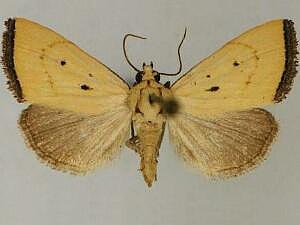
18mm - LG – © Canadian Nat'l. Coll.
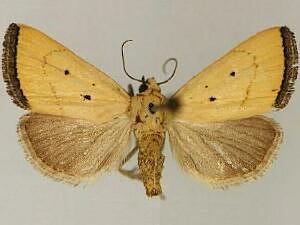
20mm - LG – © Canadian Nat'l. Coll.
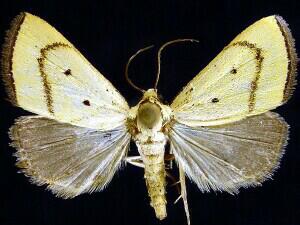
18mm – © Jim Vargo
|
